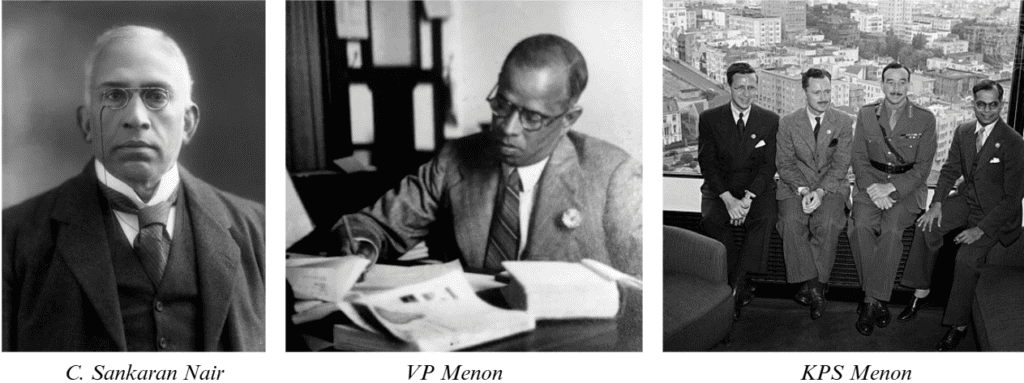Former National Security Advisors MK Narayanan and Shivshankar Menon used to share a joke: perhaps the waters of the mighty Bharathapuzha, which flows through the Western Ghats into the Arabian Sea, should be bottled up and sold outside the Union Public Service Commission in New Delhi.
There might just be something about the river’s waters because three out of four former national security advisors all have connections to a town on the banks of Bharathapuzha, an hour outside of Palakkad—Narayanan and Menon are both from Ottapalam, just like former NSA JN Dixit’s mother. And it’s not just NSAs. The otherwise nondescript town in central Kerala has an interesting legacy: a long line of diplomats, spies, and security officials have steadily emerged from its families, going on to occupy extremely important government positions.
It seems that in Ottapalam, blood runs as thick as its waters.
Unwittingly, the 30 square kilometres of Ottapalam seem to have produced at least thirteen successful people who have played a role in shaping India’s foreign policy and internal security. Expand the radius further to Palakkad and Malabar at large, and the number multiplies across all services. It’s no surprise that the running joke in Lutyens’ Delhi was that the government of India had “Menon-gitis.”

Three foreign secretaries, two Research and Analysis Wing (R&AW) chiefs and one Intelligence Bureau (IB) head trace their roots to Ottapalam. So does C. Sankaran Nair, the lone Indian member at the time of the Viceroy’s Council, and V.P. Menon, the man who helped stitch India together as a union of states. Even former president KR Narayanan represented Ottapalam for over two decades in Parliament. Several of Ottapalam’s children have become diplomats and bureaucrats, going on to head bodies like the Defence Research and Development Organisation (DRDO) and the Indira Gandhi Centre for Atomic Research (IGCAR). One ‘son’ of Ottapalam, Lt. Gen. KP Candeth, went on to play a commanding role in the army’s liberation of Goa. These were all people who were involved in shaping India’s foreign policy as it transitioned into a postcolonial country while also putting out internal fires to ensure its territorial integrity.
It’s tempting to believe that Ottapalam’s wild, idyllic, lush landscape was a breeding ground of secrets—the perfect laboratory to create the stereotypical spy or diplomat living an exciting life in the shadows. The moody Bharathapuzha, snaking its way through Kerala, is certainly fertile ground for subterfuge. But secrets tend to be hidden in the most obvious places, and perhaps there’s a more straightforward explanation for this town’s mysterious legacy.


